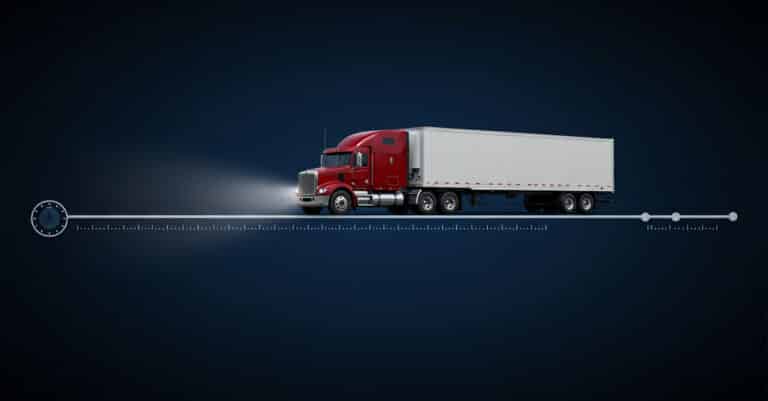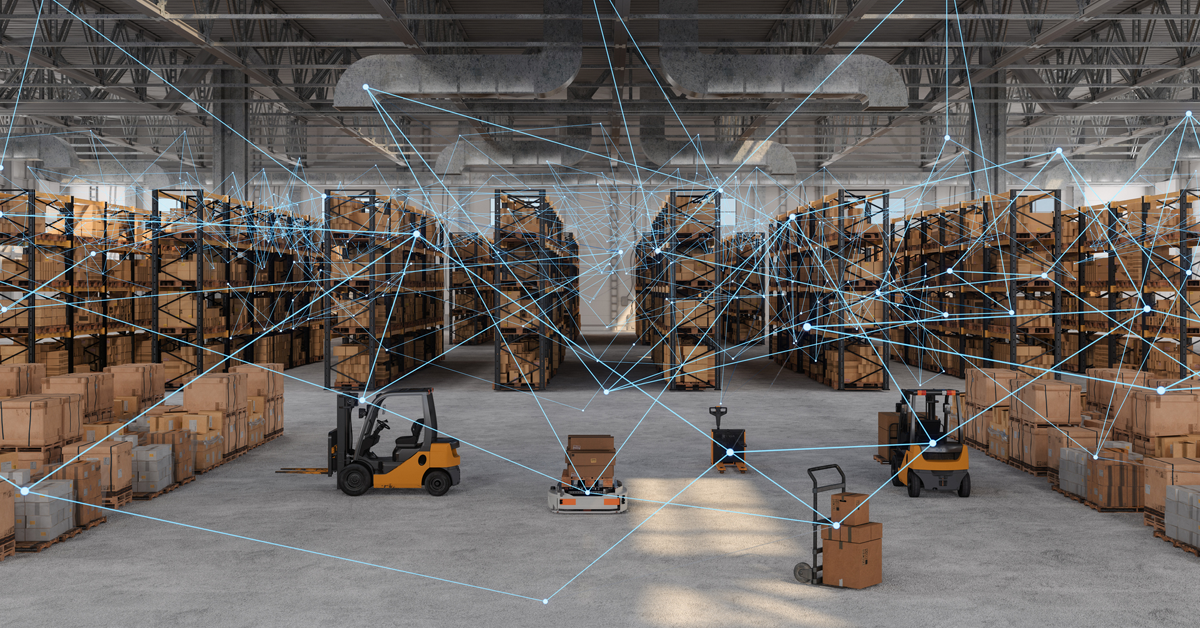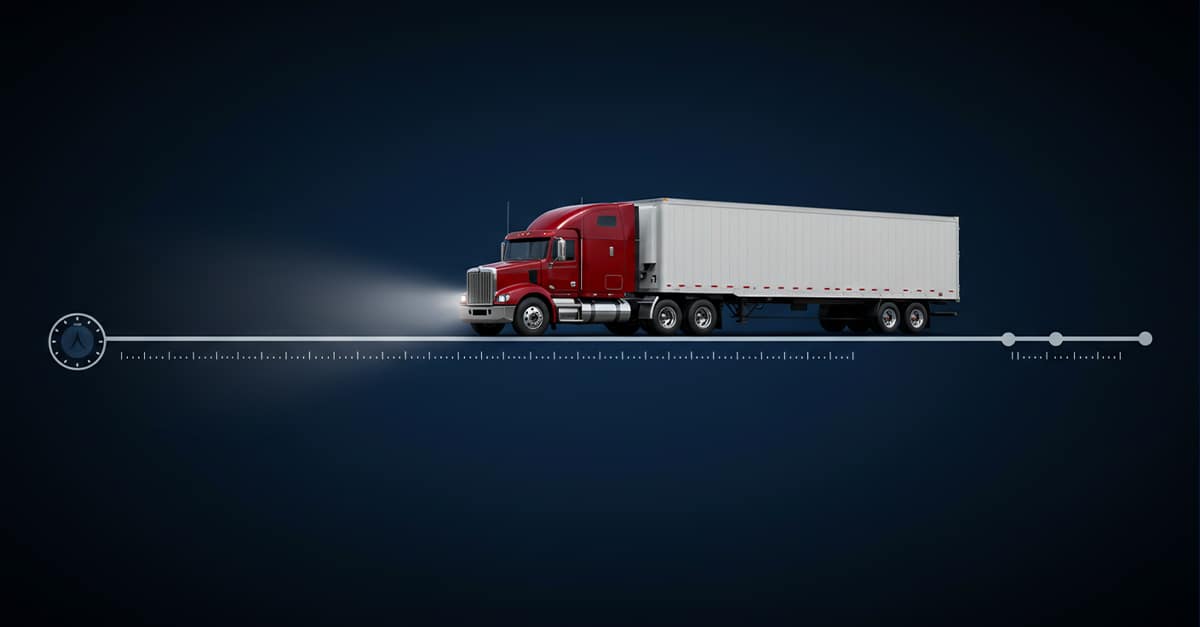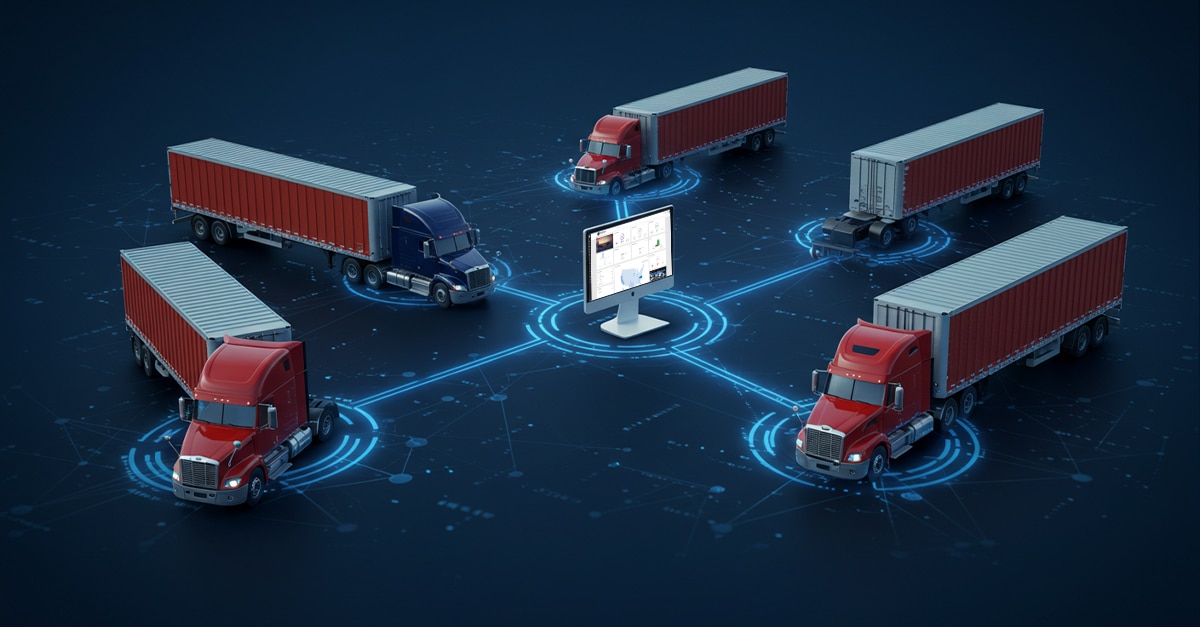In the fast-paced world of logistics and supply chain management, staying ahead of the curve is pivotal to ensuring profitability, efficiency, and customer satisfaction. Enter warehousing technology—a game-changer that promises to redefine the way businesses approach inventory, logistics, and overall warehouse management. This article delves into how warehousing technology can transform operations, making businesses more resilient and adaptive in an ever-changing market landscape.
1. Introduction to Warehousing Technology
Warehousing technology encompasses a suite of tools, software, and equipment designed to optimize and automate various processes within a warehouse. From state-of-the-art inventory management systems to robotics, these technological advancements pave the way for streamlined operations, reduced costs, and faster order fulfillment.
2. Benefits of Integrating Warehousing Technology
- Efficient Inventory Management: Advanced Warehouse Management Systems (WMS) offer real-time visibility into inventory levels. By tracking products across multiple locations and utilizing predictive analytics, businesses can optimize stock levels, reduce holding costs, and avoid stockouts.
- Enhanced Accuracy: Implementing warehousing technology, such as barcode scanners and RFID tags, ensures accuracy in picking, packing, and shipping. This reduces errors, returns, and enhances customer satisfaction.
- Labor Optimization: With automation and robotics, warehouses can reduce reliance on manual labor for repetitive tasks. This not only cuts down on labor costs but also ensures operations continue smoothly during peak seasons or unexpected staff shortages.
- Space Utilization: Modern warehousing technology can analyze and suggest optimal storage solutions, ensuring that the available space is utilized most effectively. This means more products can be stored without the need for additional infrastructure investments.
- Enhanced Security: Advanced surveillance systems, access controls, and IoT devices ensure that both the physical inventory and the data are secure from potential threats.
3. Key Warehousing Technologies to Consider
- Warehouse Management Systems (WMS): At the heart of warehousing technology is the WMS. It integrates seamlessly with other enterprise systems, providing insights into inventory levels, order fulfillment rates, and potential bottlenecks.
- Robotic Process Automation (RPA): Robots, guided by sophisticated algorithms, are now commonplace in many modern warehouses. They handle tasks ranging from picking and packing to transporting goods within the facility, working alongside human operators.
- Internet of Things (IoT): IoT devices collect and transmit data in real-time, offering insights into equipment health, environmental conditions, and potential security breaches.
- Augmented Reality (AR): AR devices can assist workers in locating products within the warehouse, offer real-time training, or visualize complex tasks, thus reducing the learning curve and enhancing productivity.
4. Steps to Transform Operations Using Warehousing Technology
- Conduct a Needs Assessment: Before diving into the world of warehousing technology, it’s essential to understand the unique needs and challenges of your operations. Consider factors like the size of the warehouse, the volume of goods handled, and the complexity of operations.
- Invest in Training: While warehousing technology promises automation and efficiency, the human element remains vital. Investing in training ensures that your team can harness the full potential of the new tools and systems.
- Stay Updated: The realm of warehousing technology is continually evolving. Regularly reviewing and updating systems ensures that operations remain optimized and that businesses can leverage the latest innovations.
- Prioritize Scalability: As businesses grow, so do their warehousing needs. It’s crucial to choose technologies that are scalable, ensuring they remain relevant and effective in the face of increased demand or operational changes.
- Ensure Seamless Integration: Warehousing technology should integrate seamlessly with other enterprise systems, such as Customer Relationship Management (CRM) or Enterprise Resource Planning (ERP), to offer a cohesive overview and ensure smooth operations.
5. The Future of Warehousing with Technology
The next wave of warehousing technology is already on the horizon, promising even more transformative changes. Think of AI-driven predictive analytics that can forecast demand with pinpoint accuracy, or drones that manage inventory checks within vast warehouses. The fusion of 5G, AI, and big data analytics will further revolutionize warehousing, making operations more agile, responsive, and customer-centric.
Transforming operations through warehousing technology is not just an option—it’s an imperative for businesses wishing to thrive in the modern logistics landscape. By harnessing the power of these technological marvels, businesses can ensure that they stay efficient, competitive, and always ready to meet the ever-evolving demands of the market. As the nexus of commerce, warehousing will continue to play a pivotal role, and with the right technology, its future looks brighter than ever.









